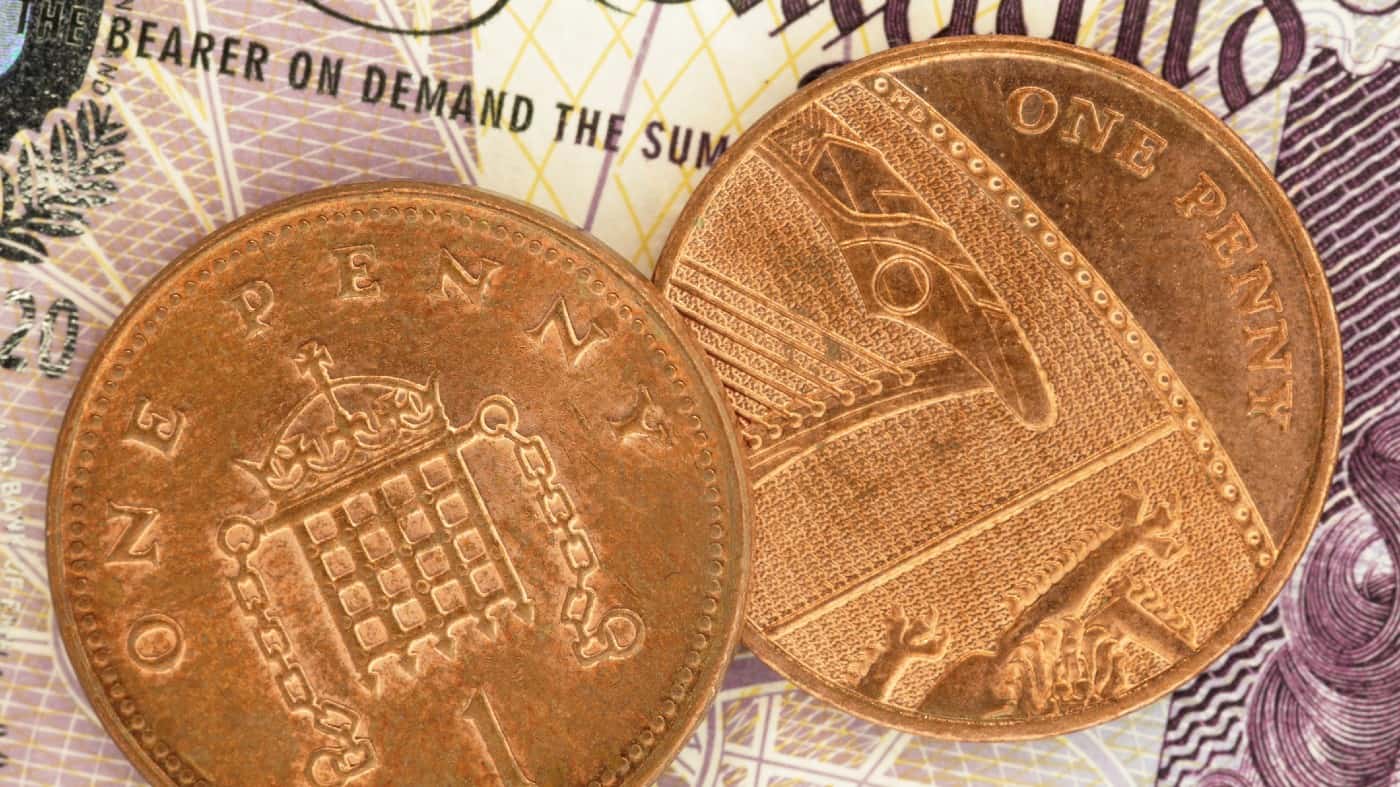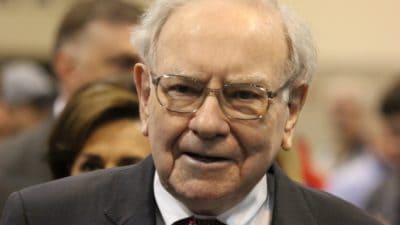Last week was an interesting one for owners of one well-known penny share, including myself. Yes it has fallen 45% over five years and the largest shareholder is reportedly unhappy about how the business is being run. But management set out reasons that suggest the 6%-yielder may be undervalued and could potentially take off.
The penny share in question is Topps Tiles (LSE: TPT). The name is well known to many of us, whether as customers or simply because we have seen the company’s showrooms at some point. After all, Topps sells one in five tiles bought in the UK.
Strong ambition, building on a proven strategy
That was the result of a strategy to aim for 20% of the market that the company set and successfully delivered over recent years.
As it crowed this week, the company is now aiming for £365m of annual sales. Not only is that a million pounds’ worth of tiles a day on average, it would represent 47% growth from last year’s adjusted revenues. That is ambitious on any measure and especially given that adjusted revenue last year fell 5.4%, albeit from a record high.
An ongoing digital push and the acquisition of parts of a failed competitor (currently undergoing regulatory scrutiny) could both help propel Topps’ sales forward.
Topps’ performance isn’t the tops
However, Topps has disappointed in more ways than one. Not only did adjusted revenues fall last year, but a £6.8m profit after tax the prior year turned into a £16.2m loss before tax this time around. Meanwhile, adjusted net cash shrank from £23.4m to £8.7m.
Disappointingly, the dividend per share fell a third to 2.4p. Given its penny share status, that still equates to a 6% yield. After its weak interim results, I had thought there may be a dividend cut and indeed it came to pass. Still, I think that cut is bad for investor confidence and helps explain the 19% fall in the Topps share price so far in 2024.
The company points to a tough market and the cyclical nature of tile demand is indeed a risk I see, especially if the housing market slows. It also pointed out last week that, although sales have declined, it has been growing overall market share. The acquisition I mentioned above should help that.
Still, the business has seen falling sales, fell into the red last year and has reduced its shareholder payout. Those are rarely signs of a company operating at its best.
I’m hanging on
Thus, it was no surprise that Topps’ biggest shareholder continued its long-running dispute with the company about how management is doing.
With the maximum stake allowed without mounting a takeover bid, the long-term shareholder is understandably focused on Topps’ performance. I think that could help the business over time (if it listens).
I continue to like Topps’ strategic ambition, strong market position and relatively straightforward business model.
So although I see a risk of further weak performance, I consider the penny share as good value from a long-term perspective and plan to hang on to my holding. I think it has fallen further than is merited by its long-term prospects.







